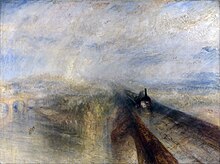Asian Art in London is an annual event which involves London's leading Asian art dealers, joining together for a series of selling exhibitions during the 10 days of Asian Art in London.
At the same time, the major auction houses of Bonhams, Christie's and Sotheby's hold auctions and gallery talks. In combination with this, the premier London Museums and Institutions present exhibitions and lectures.
A sample of the magnificent selection of Asian antiques and contemporary Asian art from: India; China; Japan; the Himalayas and Korea, spanning some 5000 years of culture - including ceramics, furniture, glass, jade, jewellery, manuscripts, metalwork, paintings, screens, stone carvings and textiles.
The international trade in Chinese art is worth at least $10 billion a year, according to Bloomberg calculations. Record quantities of material are being offered at a time when Asian buyers have become more discriminating. They’re also finding it more difficult to borrow money for purchases, said dealers.

















